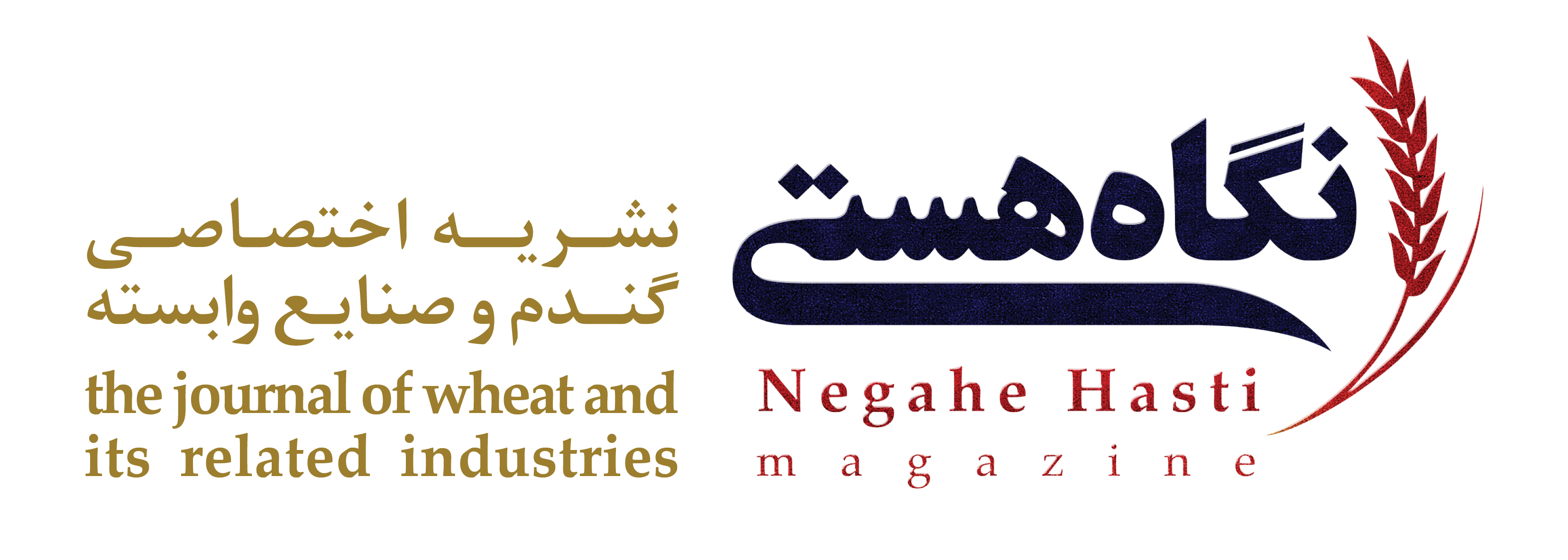![]() ارسال به دوست
ارسال به دوست  نسخه چاپي
نسخه چاپي

Gluten-free bakes for every consumer
Bake mag/ Consumers are taking a proactive approach to health and wellness, which often includes a preference for products tailored to their personal lifestyles. For instance, 24% of U.S. consumers following a gluten-free diet do so to manage gastrointestinal symptoms like bloating. Additionally, in North America, the free-from-gluten baked goods market is projected to grow at a 15% CAGR by 2026, compared to a 0.5% total growth rate for baked goods. Retail bakeries are expanding their offerings with delicious and nutritious gluten-free items that can appeal to every consumer.
People bring expectations of taste, texture, ingredient labeling and so on to every eating experience, whether that’s a gluten-free bake or the traditional version. ADM takes a holistic approach to formulation; rather than adjusting individual variables, our food scientists rebuild a recipe from its foundation, ensuring form and function are comparable to the gold standard they are replicating. Although a shift in formulation can present some challenges, with the right partner, they can be easier to solve than one might expect. Myth: Gluten-free recipes have fewer nutrients. Substitutions for wheat flour go well beyond rice starches. For instance, sorghum is a great choice for bread flour. ADM’s HarvestEdge™ sorghum flour has neutral flavor and can replace wheat flour at nearly a one-to-one ratio. Furthermore, our sorghum is drought resistant and milled in a certified gluten-free facility. Tapioca and rice flours are suitable for high ratio baked goods like cakes and muffins. Powders made from beans and pulses are other wholesome, gluten-free options, such as red lentils for a savory dosa pancake or black bean brownies. Depending on the desired end product, we may combine several flours to enhance nutrition and flavor while maintaining a simple list of ingredients. A gluten-free piadine flatbread, for example, may contain navy beans, brown rice and sorghum. Myth: Gluten-free foods are not allergen-friendly. Almond and other nut flours are commonly used in gluten-free baking, but when brands also need to make a product without common allergens, tree nuts must be avoided. Fortunately, plenty of other flours are readily available. With an ingredient like chia meal, product developers can produce delicious cupcakes and other baked goods that are carefully formulated to remove wheat, milk and eggs, making them vegan, gluten-free and dairy-free. The next generation of gluten-free solutions incorporates multiple claims such as these. Additionally, colors and flavors from natural sources, like ADM’s proprietary fruit juice blue derived from the Amazonian huito fruit, can boost clean-label appeal for indulgent treats. Myth: Gluten-free bakery has unpleasant textures. Formulators will often come to ADM to solve for a more satisfactory gluten-free baked good. Their product might be dense or gummy, such as a cake that isn’t fluffy, a croissant that isn’t flaky or a cookie that isn’t soft and chewy. Or it might be the mouthfeel, like a flatbread that has a powdery finish. Sometimes, the challenge is a result of overengineering the recipe. There are a lot of solutions to make foods gluten-free, but too many in one formulation can cause competition among them and disappointing results. In some cases, simplicity can help correct an issue with texture. At ADM, we break down the formula to individual components, consider the whole and make recommendations that work in harmony. Myth: Gluten-free foods don’t taste as good. Wheat-free substitutes can present a bitter aftertaste or aromatic off notes. High-quality ingredients are critical to ensure the final product offers an enjoyable sensory experience. For instance, our starches and ancient grains offer neutral color and flavor as well as the functional properties necessary for a successful bake. We also use taste modulators and flavor enhancers to correct off notes, like toasting white sorghum to replicate the taste of wheat flour. In some cases, gluten-free foods carry sweetness differently than wheat-based products, and we can reduce sugars without affecting taste. This is a win-win: shoppers get a gluten-free, low-sugar alternative to their favorite pastries, breads and cookies. No matter the challenge, ADM has the ingredient portfolio and technical expertise to solve gluten-free setbacks, providing product developers with baked goods that deliver taste and clean-label appeal while addressing performance and nutrition expectations. With a partner like ADM, retail bakers can bring exceptional gluten-free products to market that can attract every consumer.
